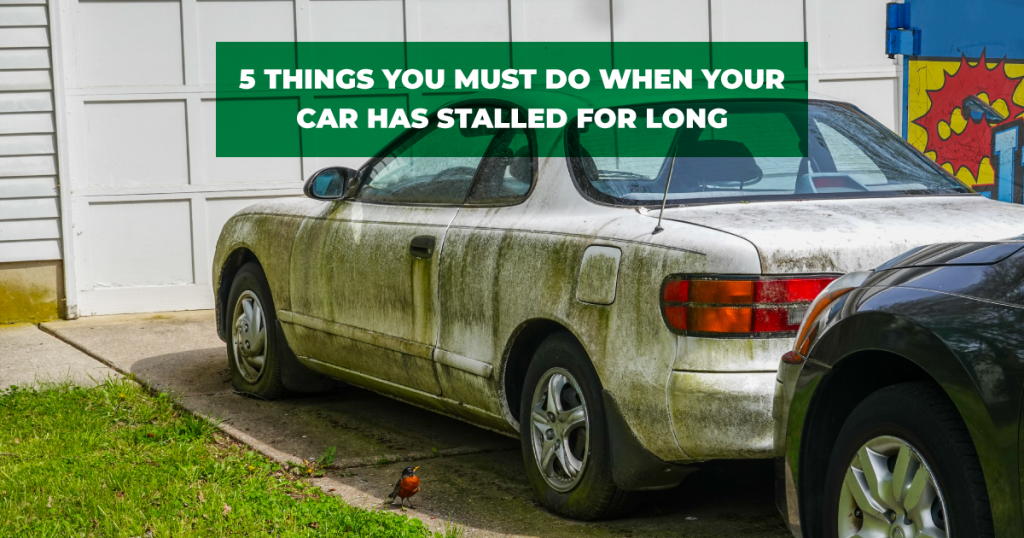Cars that have been unstarted for long periods of time are quite difficult to put back on the road. As long as you have not used your car for quite a while there are a few things you must do before you can resume using it. You need to do some basic checks and establish the degree of damage the car may have undergone while in storage.
We have highlighted a few things you can do when your car has been unused for a long time.
1. Replace the fluids
If your car has been parked for a long time, you need to check all the fluids and confirm they are filled to the required levels. If the engine coolant looks discoloured, you will need to drain and refill it. You will need to check the fuel level and depending on how long your car has not been used, you may have to drain the fuel lines. Changing the engine fluids will reduce the chances of impurities ruining your engine once you resume using your car.
2. Check the battery
Before you parked your car, you needed to disconnect the battery, removed it from the car and stored it safely away from moisture. Assuming you did this, you will only have to clean the battery terminals with a solution made of baking soda and water, charge it and reinstall it.
On the other hand, if you parked your car for a long time with the battery still connected, you may have to buy a new battery. You will also have to buy new cables because they lose their conductive properties over time.
3. Prepare for ignition
If your car has been parked for 3 months or more, you will need to remove the spark plugs and add some sort of lubricant into the cylinders. Closely inspect the spark plugs to ensure they don’t look white, oily or corroded. If they do, you will have to replace them. Once the spark plugs have been removed, turn on the engine. This will allow the oil added to the cylinders to lubricate the cylinder walls and primes the oil and fuel pumps prior to ignition.
Crank the engine a couple of times until the oil pressure gauge reads normal or until the pressure lights go off. Then replace the spark plugs to their correct positions. You will then have to remove the air filter cover and generously spray engine starter fluids onto the carburettor nozzle. Doing so will help fire up your car’s engine without damaging it.
4. Additional checks
Before you put your car back on the road, start your engine and let it warm up for a while. While it is still running, put back the air filter covers, check the transmission fluid levels and check for leaking fluids underneath the car. Turn off the engine and check for the belts that need tightening. Lubricate the suspension and check out for rusted shafts and leaks at the shocks.
Check your car’s brakes and replace the worn-out brake pads and friction linings. Jack the car, rotate the wheels and have someone work the pedal. Confirm that each wheel brakes and releases solidly. Last but not least, check your lights and ensure they are all working well. Replace any blown fuses, check your turn signals, headlights and brake lights.
5. Test drive your car
Do a short test drive to try and get a good feel of the condition of the car. Keep a close eye on the car’s gauges and strange rattles. It will also help evaporate the moisture in the engine and exhaust. Take note of everything that feels out of place and alert your mechanic. Take your car for major servicing if a lot of things are damaged.
Conclusion
Taking your car out of storage after a long period of time should be progressive. Do not be in a hurry to get back on the road. Take time to have a look at the parts of the car that need to be replaced and replace them. Do not overlook your car care as your life and the lives of people around you depend on it.
